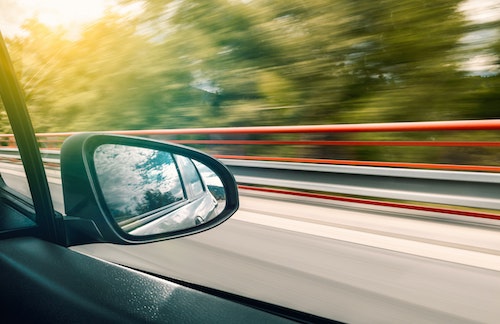If you are planning to travel abroad, whether for the purposes of life, work or simply tourism, you may be wondering how easy it will be to travel by car in your chosen destination. Is it better to buy a car in your destination country, or take one with you? Are there any countries with particularly harsh driving restrictions? Could there be any difficulties pertaining to rental hire? And what measures must you take to ensure that your driving license is legal in your country of choice? We will look at these issues and others below.The requirements for driving legally vary across the globe, and if you are British, the looming spectre of Brexit is creating further confusion. If you are planning to drive in Europe after the end of December 2020, therefore, make sure that you are fully aware of the driving licence requirements in the countries to which you are travelling and through which you will be passing. You may wish to consider applying for an international driving permit (IDP) to drive in some non-EU countries (and possibly some EU nations after Brexit): check with the Post Office in the UK to find out if you will need an IDP.
The Royal Automobile Association also provide a wealth of information, including a checklist of necessary items as follows:
• full, valid driving licence and national insurance number
• proof of vehicle insurance
• proof of ID (passport)
• V5C certificate (the ‘log book’)
• travel insurance documents
• European Breakdown Cover policy number and documents
• before you travel ensure your vehicle’s tax and MOT are valid and up-to-date
• Crit’air sticker if driving in France
In addition, they suggest that after Brexit you should also take the following with you:
• an insurance green card, available from your insurer – these need to cover both your car, and anything you are towing
• one or more international driving permits
• a separate GB sticker
You can also check with the RAC as to other requirements, such as items you might need legally such as a First Aid kit (compulsory in Austria, France and Germany).
However, useful though these sites might be, you must ensure that you undertake your own country-specific research as well, depending on your destination.

If you are renting a car, again, it is crucial to do your research before you go. Do not take the first option once you are at the airport, and make sure that you are aware of the relevant terms and conditions. Check, for example, how much time you have remaining on your passport; many places require you to have at least six months. You may need your DVLA driving licence code, so that the hire company can check online for any driving offences, and check, too, exactly which insurance documents you will require.
Most rental agencies suggest that you use a credit card: this is your only option at some car hire companies. If any problems, such as the firm going bust, occur, you will then be protected by Section 75 of the Consumer Credit Act, which covers credit payments between £100 and £30,000. However, you will need sufficient funds on your card and remember that payment in advance is often cheaper than paying on arrival.
Check exactly what is included in the hire cost: for instance, do you have a limited daily mileage, and are you required to fill up with petrol before returning the vehicle? What extras are involved in terms of excess insurance? Check with the company as to what to do if you have a scrape or need to change to the emergency tyre, for instance. Will you need items such as a sat nav or a child seat?
Check your credit card receipt for any hidden extras: make sure you make time for this, as airport drop offs can often be rushed and stressful, and companies may be secretly counting on your not noticing an extra because you’re focused on catching your flight out.

Whether you are taking your own vehicle or hiring, are you aware of the rules of the road in the countries in which you will be travelling? Can you read the local alphabet? (in the Gulf States, signage will often be in English as well as Arabic, but this is not always the case in, for instance, Russia). Make sure you’re conscious of speed limits: you do not want to risk being pulled over, although in practice the police in many countries are lenient when it comes to foreign speed offenders (too much paperwork is involved, although conversely you also may run the risk of extortionate on-the-spot fines in some places).
The question of whether it is better to buy a car in your destination country or take one with you will obviously depend on location. Scandinavia is one of the most expensive places when it comes to vehicle purchase. If you are planning to drive your own car from London to Vladivostok, the wear and tear are likely to be such that it would probably be better to buy locally. If you’re hopping over to France, as long as you can cope with a different-hand drive for the country, it might be more practical simply to drive your own car. In addition, cars in some places are significantly cheaper than in the UK. However, you need to consider the practicalities: will you want to sell your car locally once you finish your contract, or ship it back? What are the shipping costs, in that case?
And finally, make sure that you check any specific local traffic violations: in Thailand, for example, you need to keep your shirt on when driving. In Manila, laws to tackle congestion mean that you can only drive in certain areas on particular days, according to your number plate. In Spain, you must carry spare glasses if you need spectacles for driving. If you are moving to a country to live and work, talk to your colleagues in advance if possible to check the viability of driving: in some of the world’s larger cities, the pressure of traffic may mean that it is easier to rely on public transport.

